Exploring the Dutch ‘Sea Land’
A trip to the watery peninsula of The Netherlands

Zeeland is the most southern seaside province of The Netherlands and literally means ‘Sea Land'.
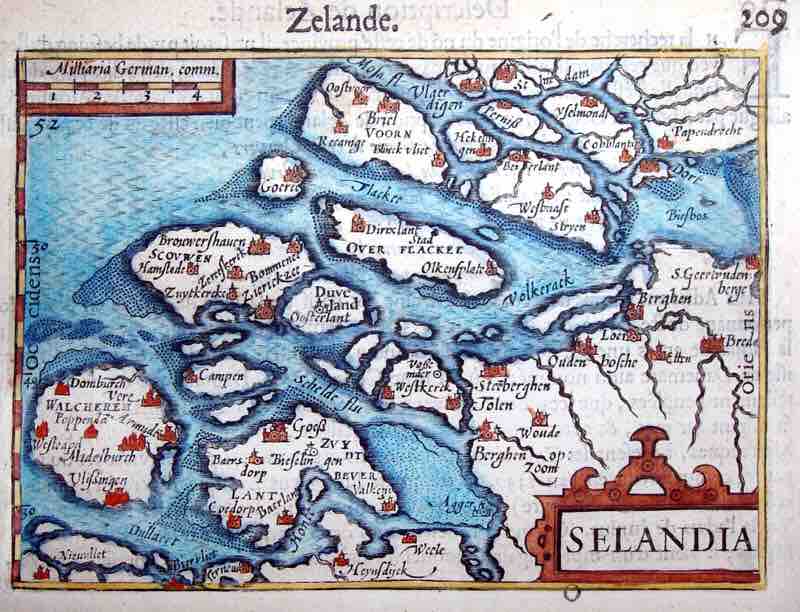 Zeeland was called ‘Selandia’ in 1600.
Zeeland was called ‘Selandia’ in 1600.
‘Selandia’, as the province of Zeeland used to be called, once was a group of islands. Now, the islands are connected, through bridges and patches of land that were drained and ‘reclaimed’ from the sea.
This Hero Travel story is particularly about Walcheren, a region that lies close to the Dutch-Belgian border.
Dishoeck

During October, the Dutch winter has started and so the beaches of Dishoeck aren't that crowded anymore. It’s in this period I visited this corner of The Netherlands: beach houses are broken down and stored, and beach clubs close down for their winter break. You still might spot the Dutch though, as they love their breath of fresh air.
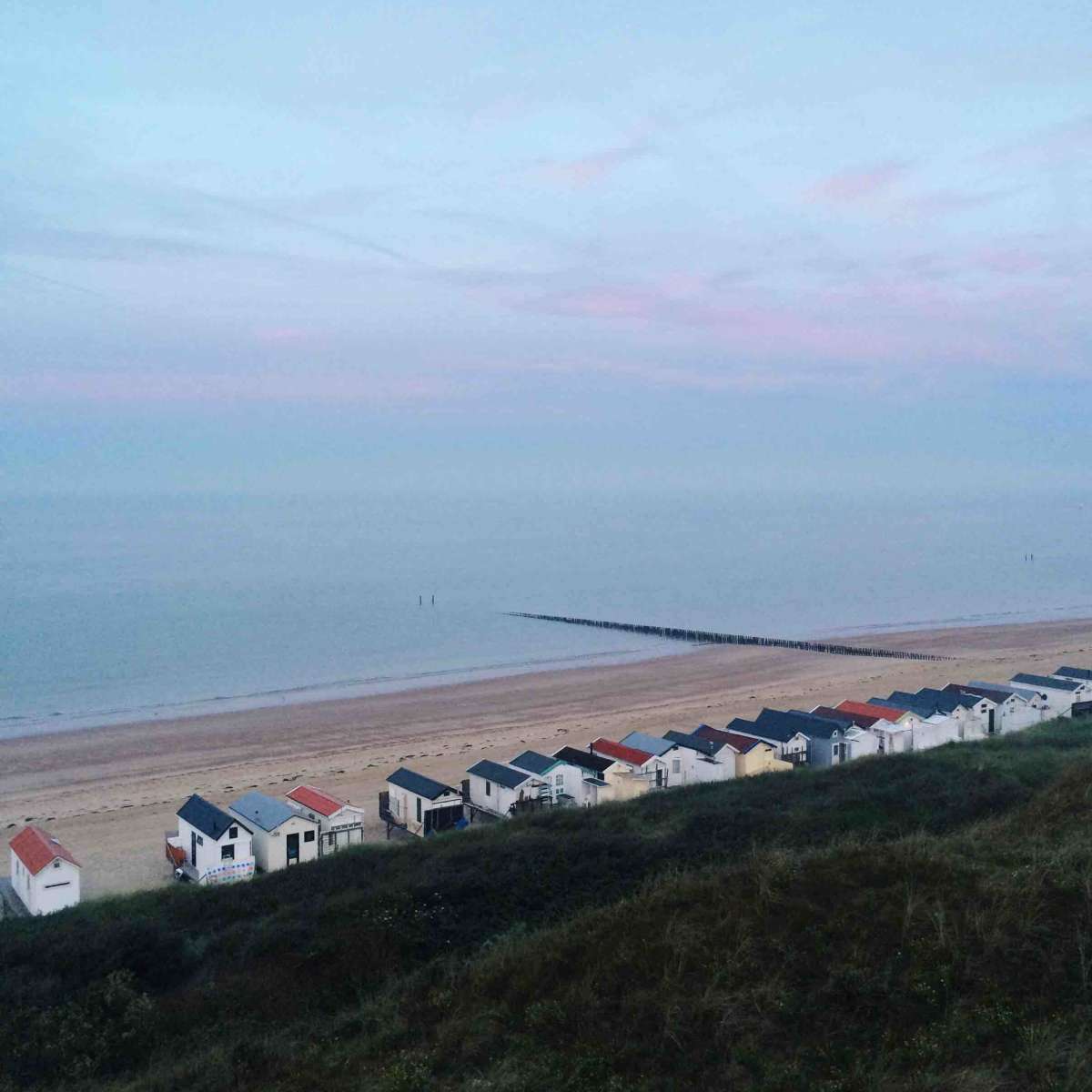 Wooden beach houses on Dishoeck’s beach.
Wooden beach houses on Dishoeck’s beach.
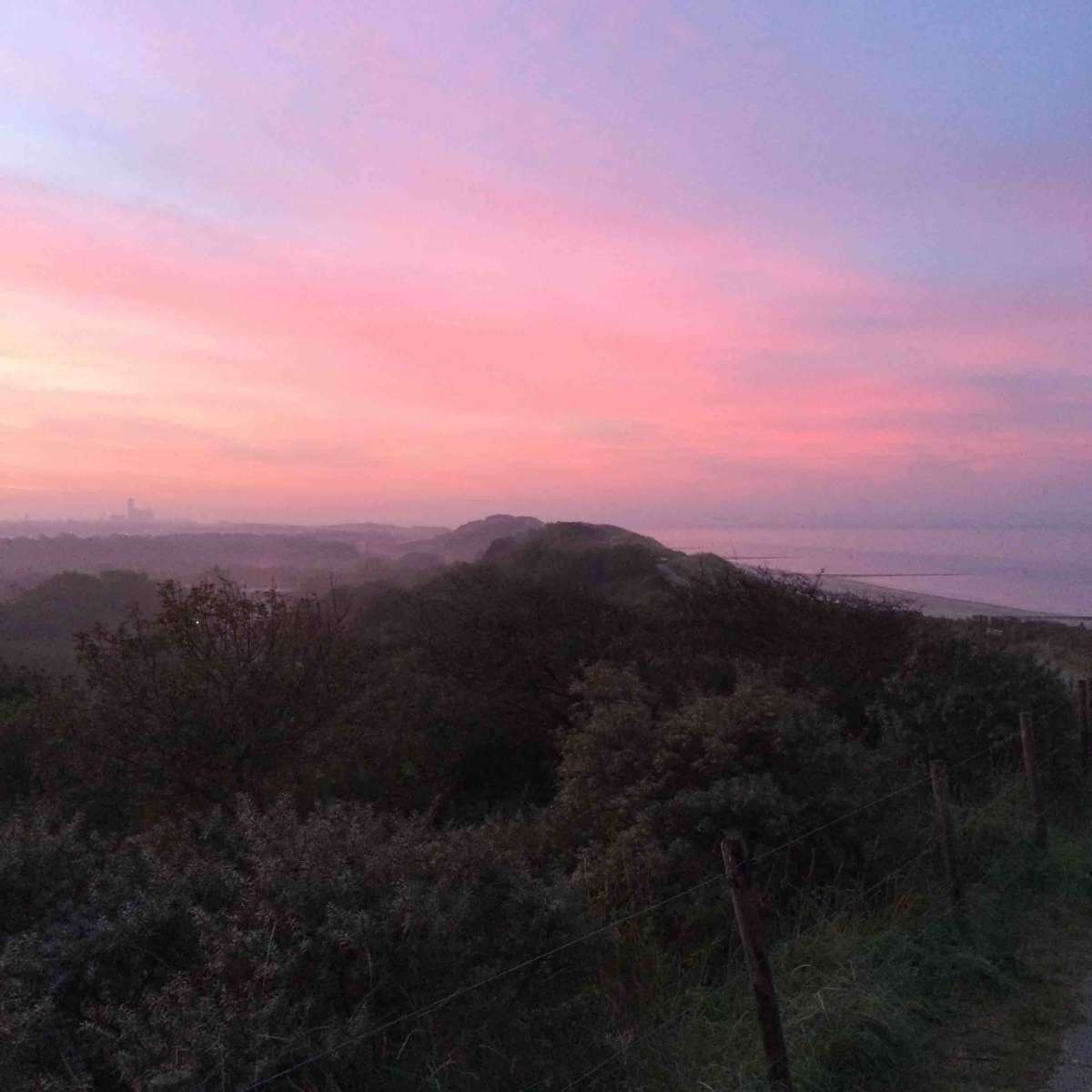 The dunes of Dishoeck.
The dunes of Dishoeck.
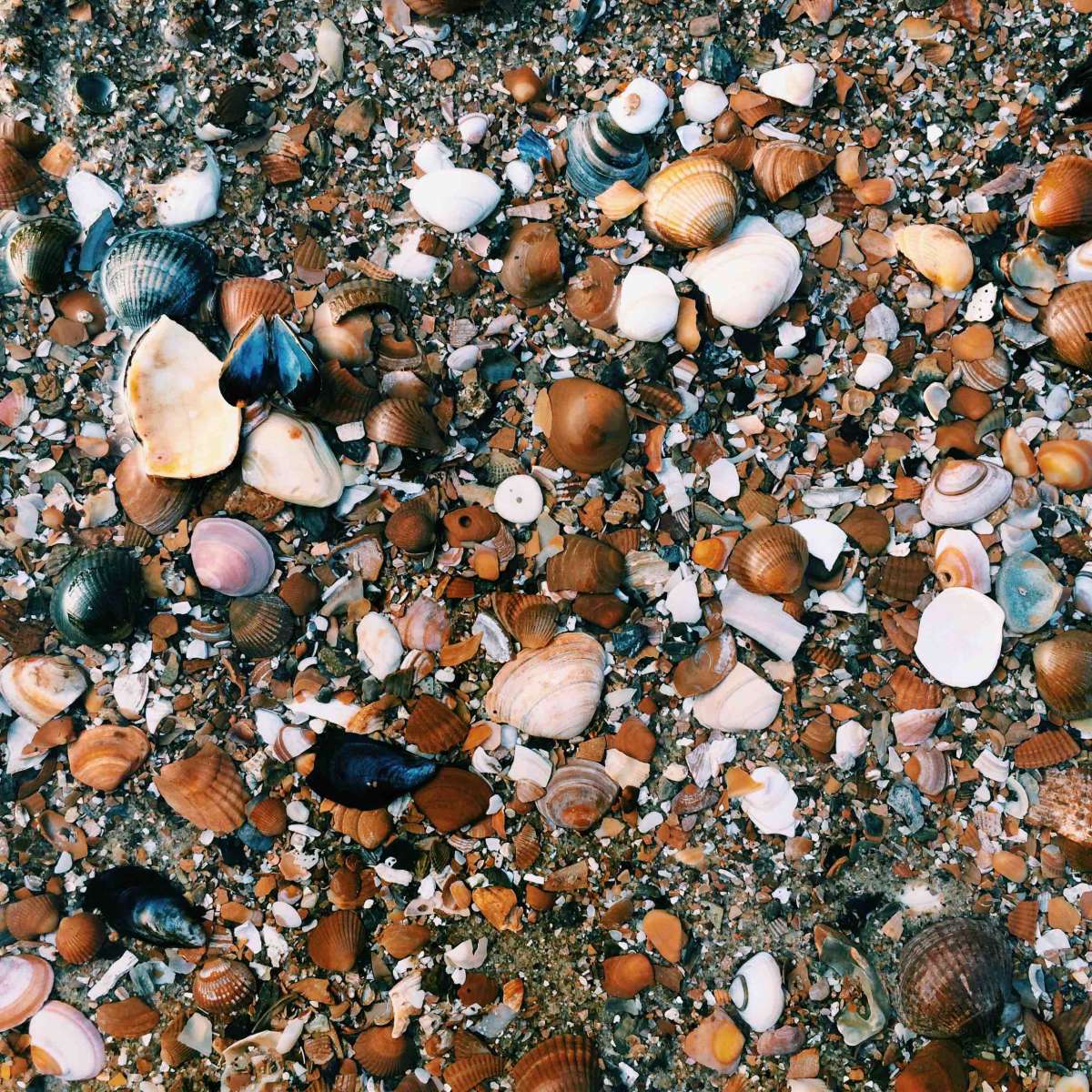 Dutch beaches are covered with beautiful shells, coming from the North Sea.
Dutch beaches are covered with beautiful shells, coming from the North Sea.
Veere
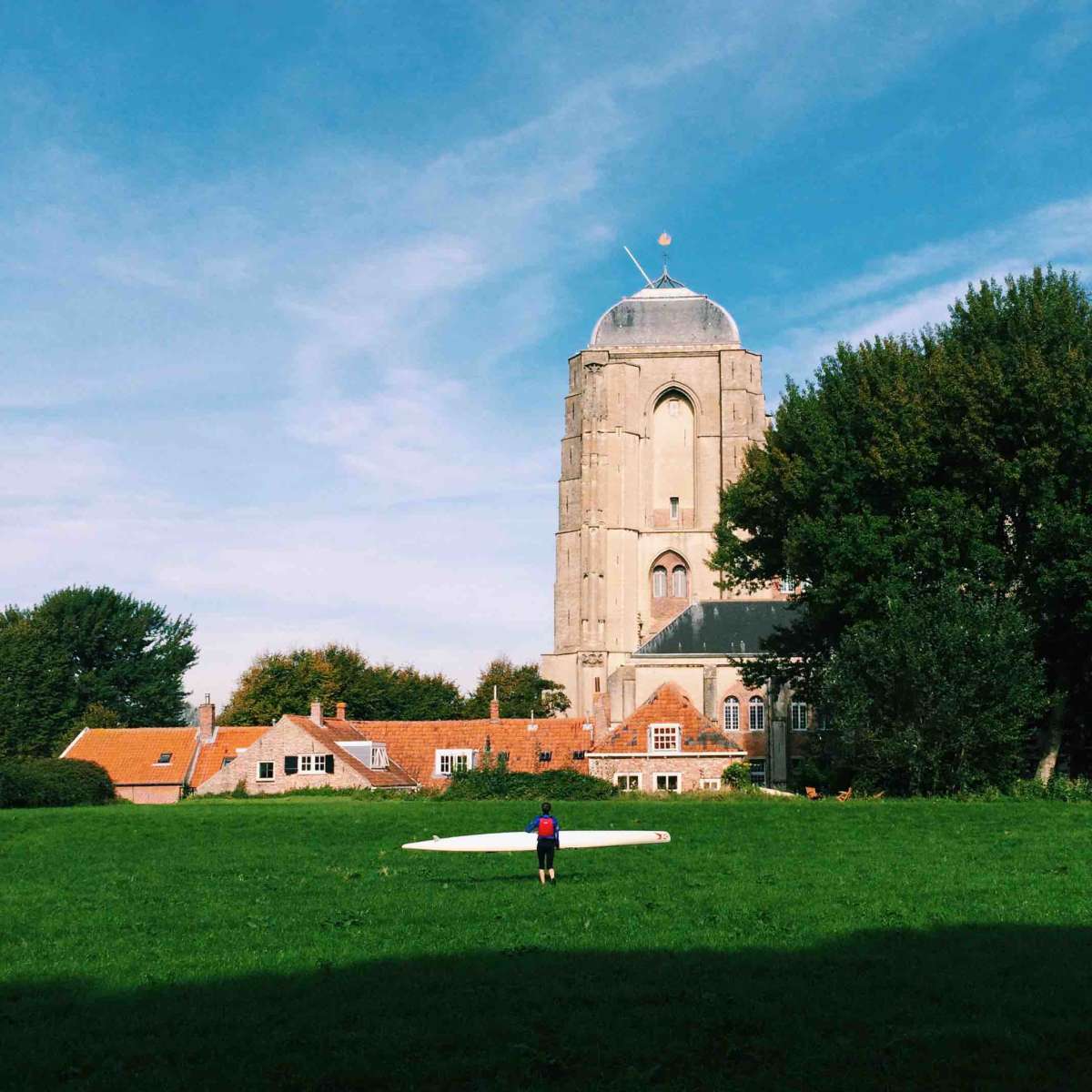 A surfer walks towards Veere’s Sancta Maria Church.
A surfer walks towards Veere’s Sancta Maria Church.
The town of Veere lies practically in the middle of the province, and boasts a charming medieval village. Veere’s history starts in the 13th Century, when it was founded as a harbor town. In the 16th Century, the town had a Scottish colony, which consisted of 10% of the total population. Veere flourished because of the trade in Scottish wool, which is still visible if you visit the town nowadays.

The picture above is taken from the top of Veere's huge church that was once dedicated to Sancta Maria ad Nives, Saint Mary of the Snows. You'll see the church itself on the next picture. Pretty view, right?


'Oma's snoepwinkel' in Veere offers all kinds of treats - make sure to check out the salty licorice and don't forget to buy a ‘Zeeuwse Bolus', the cinnamon-infused, sugary local delicacy.

(And yes, Zeeland - and Veere as well - offers quite a lot of windmills!)
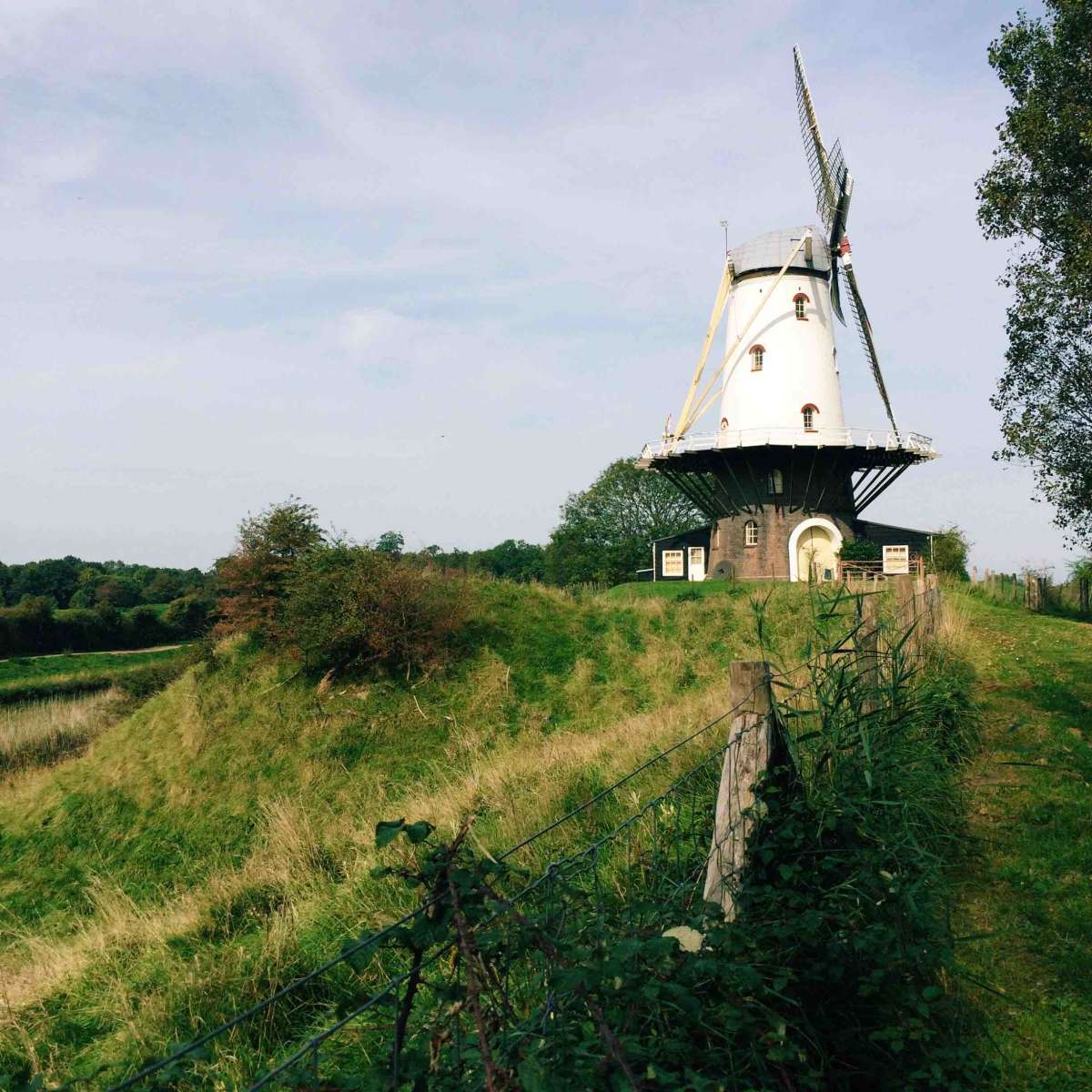 Veere’s old windmill.
Veere’s old windmill.
 Some parts of Zealand and Walcheren can only be reached by huge bridges or ferries like this ‘Esmeralda’ one.
Some parts of Zealand and Walcheren can only be reached by huge bridges or ferries like this ‘Esmeralda’ one.
Westkapelle
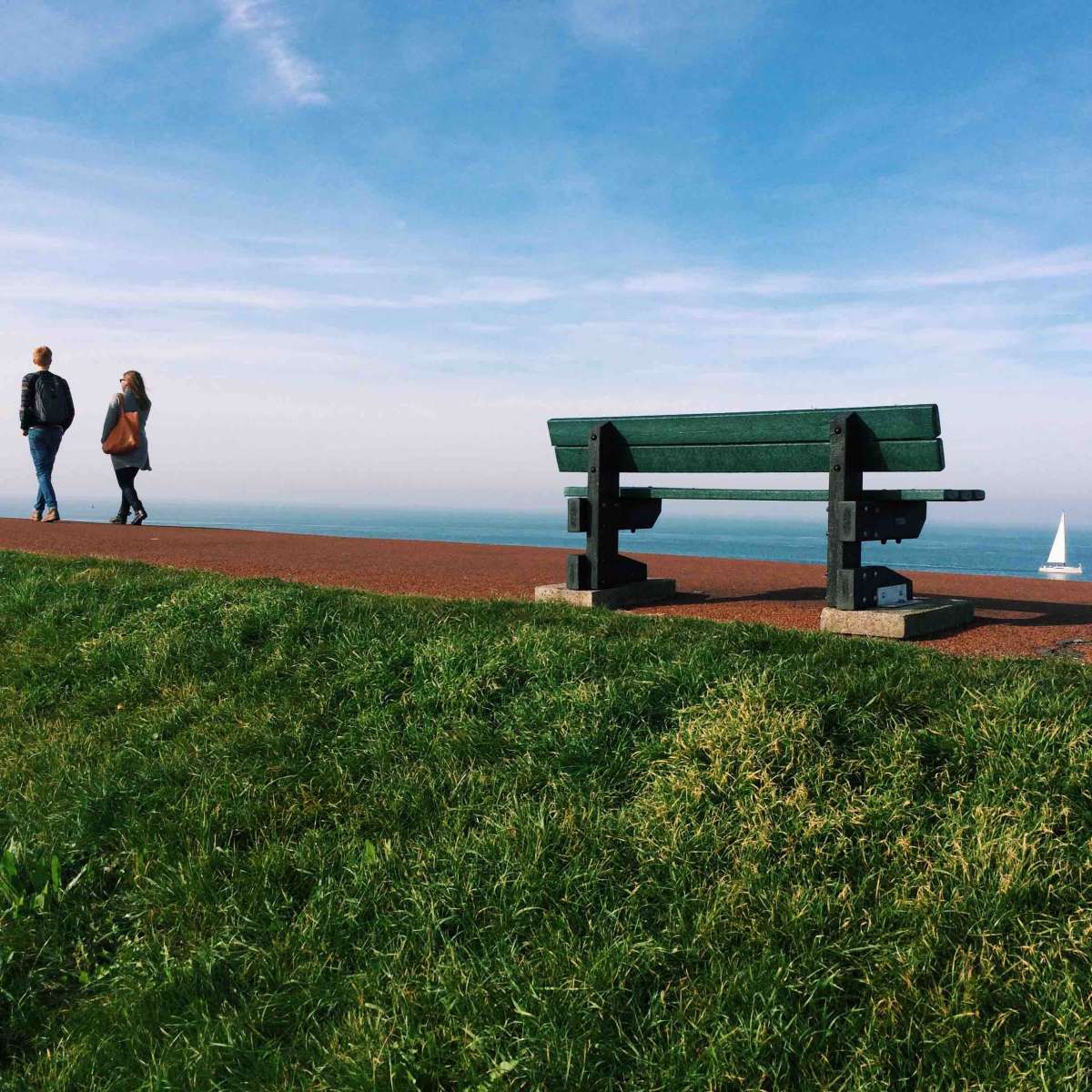 A couple walks on one of the many dykes The Netherlands is famous for.
A couple walks on one of the many dykes The Netherlands is famous for.
Zeelanders have been battling North Sea waters for centuries, and not always with success.
The flood of 1953 took over 5000 lives and left hundreds of thousands people homeless.
The Walcheren peninsula is, anno 2019, secured with kilometers of high dykes to keep its inhabitants safe.
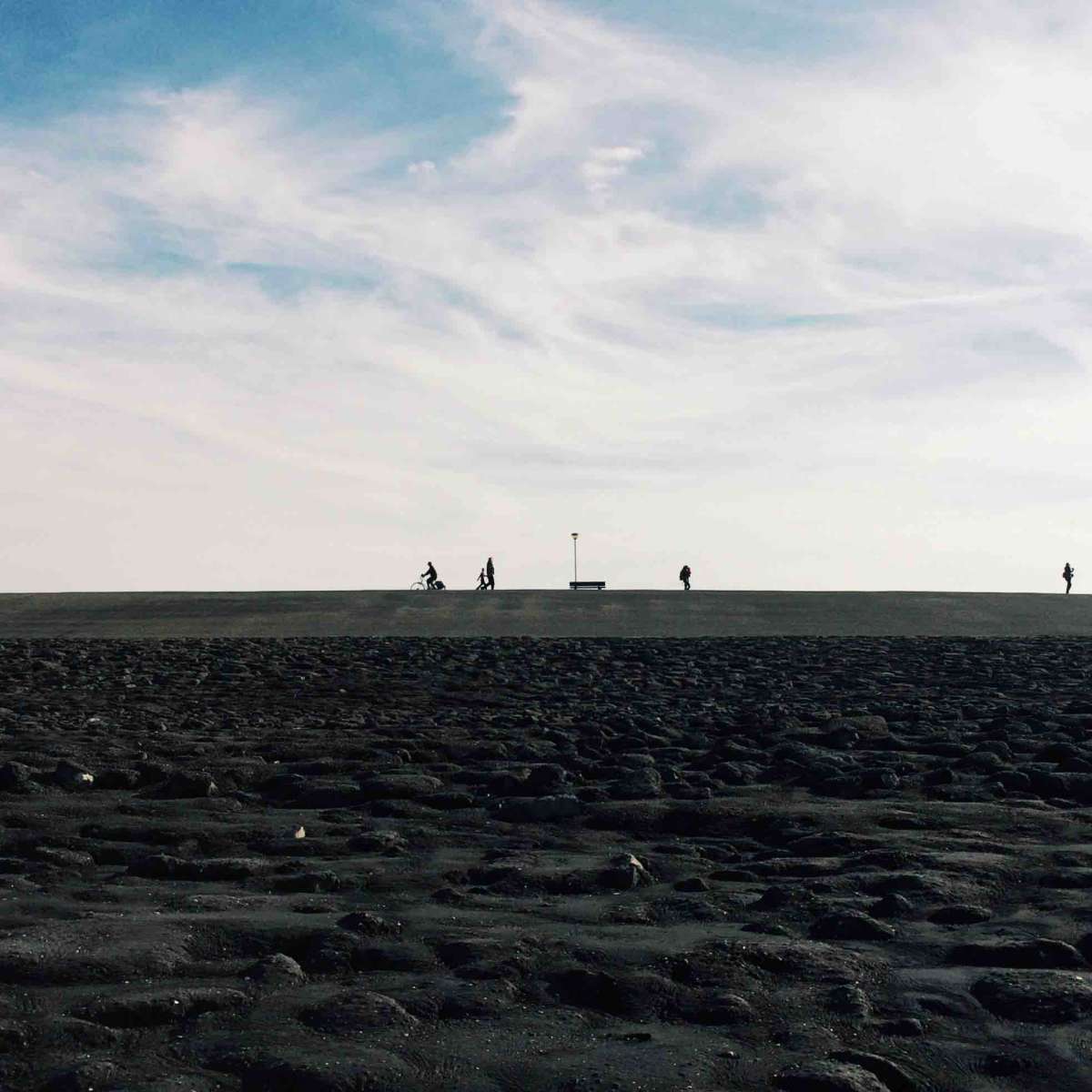 Cyclists and walkers pass each-other on a Westkapelle dyke.
Cyclists and walkers pass each-other on a Westkapelle dyke.
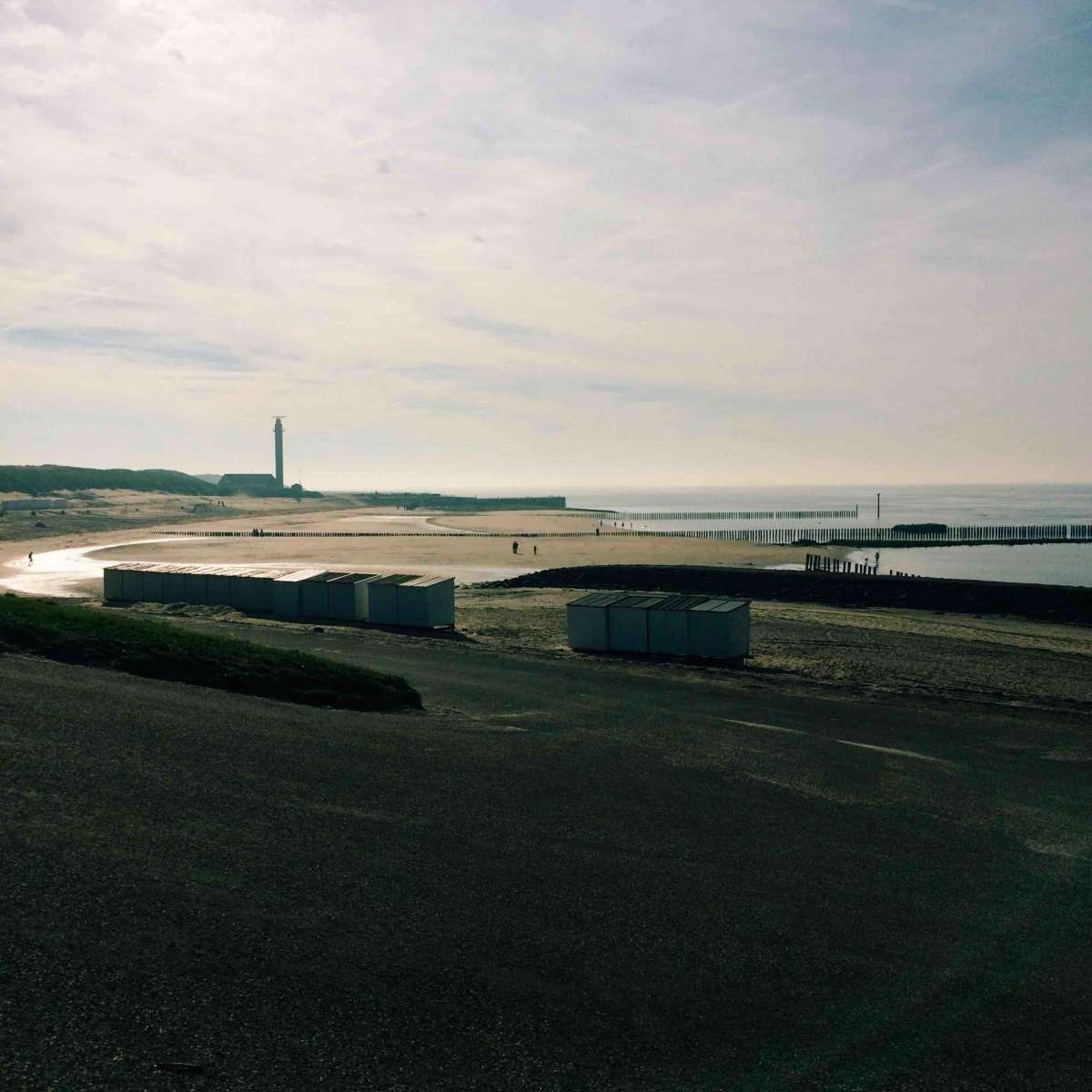 Westkapelle’s beachfront.
Westkapelle’s beachfront.
Almost 200 years ago, the people of Westkapelle placed a bright shining optic on the top of their medieval church tower, turning it into a lighthouse. It's still in use to guide ships through the 'Oostgat' fairway - the light can be seen from more than 50 kilometers away. 💡🏠
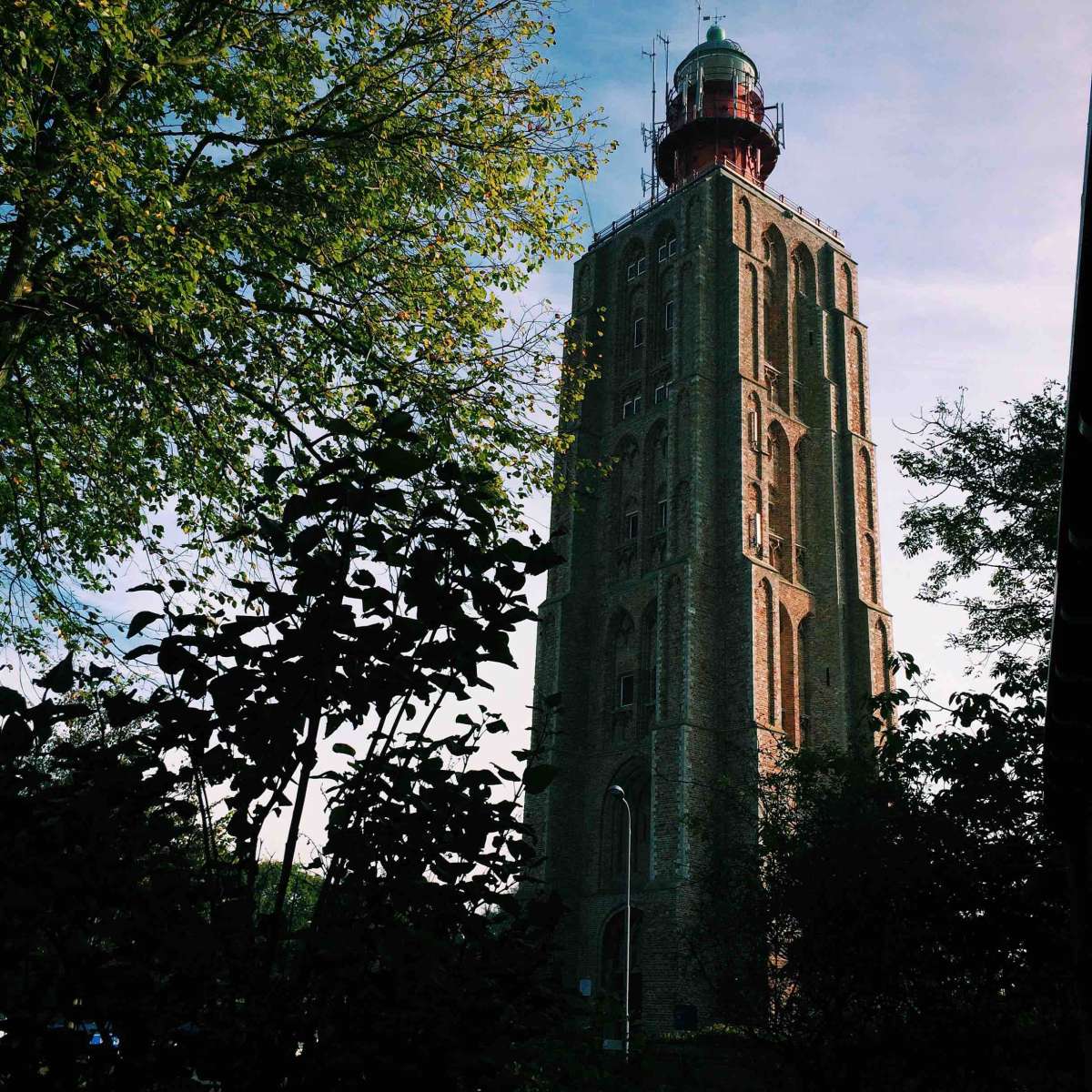 Westkapelle’s church turned lighthouse.
Westkapelle’s church turned lighthouse.

Hoi! My name is Joost Bastmeijer, and I’m a Dutch freelance travel writer and photojournalist currently traveling through Africa. Check out my photos on Instagram at instagram.com/joostbastmeijer, or visit my website to see some more of my work: joostbastmeijer.com!

